| Columns Retired Columns & Blogs |
Wadia 2000 Decoding Computer JA Measures (& Listens)
Sidebar 4: JA Measures (& Listens)
Footnote 1: Unfortunately, logistic problems meant that it was a different sample from the one reviewed by AB.
Robert Harley describes his experiences with the Wadia 2000 above, during which I was an interested bystander. But when he asked if I could bring my digital-storage oscilloscope to the lab to look at the Wadia's low-level waveforms, I thought of a better plan. "No problem, Bob, send the Wadia 'round to my place and I'll look at it there."
And maybe—heh-heh-heh—do a little listening!
Of course, I didn't have the Teac transport so highly praised by Arnie in his review. But I have to say that when driven by the digital output of the Philips 880-based Barclay Bordeaux, the Wadia (footnote 1) still produced an impressive sound, rivaling the expensive Accuphase combination that spent time in my room a year ago. Specific areas where I found it subjectively overwhelming were the weight of the low frequencies, the layering of the soundstage (where frontal images for once did not get in the way of those behind), and in the verisimilitude of its tonal representation, offset slightly by a "dark" character. But as the venerable J. Gordon Holt (in whose ears we trust) is fond of saying, "Get the midrange right and everything else falls into place" (or something like that).
But then I hooked the Wadia 2000 up to the 'scope. Frankly, I was perplexed. The 0dB 1kHz squarewave reproduced well, fig.8 showing the minimal ringing of the Wadia's processing algorithm, with its linear-phase behavior revealed by the symmetrical, unclipped overshoot on both leading and falling edges, but with minimal ringing. Playing a 0dBFS 19/20kHz twin-tone signal revealed the 1kHz intermodulation product to be at least 60dB down, suggesting good high-level performance with appropriately low levels of audio-band spuriae. Looking at the low-level waveforms on the CBS CD-1 test disc, however, proved more problematical. (The balanced outputs were used, with a Mark Levinson No.26 preamp used to provide sufficient gain.)
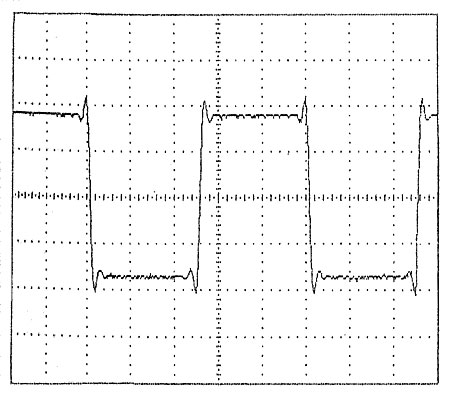
Fig.8 Wadia 2000, 1kHz squarewave at 0dBFS (2ms window).
Fig.9 shows the –80.77dB undithered waveform, which on players with conventional FIR digital filters (such as the Kinergetics KCD-40 that I review elsewhere in this issue) is reproduced correctly as a stepped waveform with seven distinct levels. The Wadia, however, although it does have a hint of stepping, actually reproduces it more like a pure, if noisy, sinewave, broken up by switching spikes at the waveform zero-crossing points. Yes, it's more like a sinewave—which is good—except that for the filter/DAC combination to be considered accurate, it shouldn't be one. The undithered –90.31dB tone, which should reproduce as a stepped waveform with only three levels, is shown in fig.10. The +1 and –1 levels can be distinguished, but the zero level is obscured by bursts of switching noise. (The vertical scaling on fig.10 is the same as in fig.9, reinforcing the idea that the waveform is being reproduced with slight compression.)
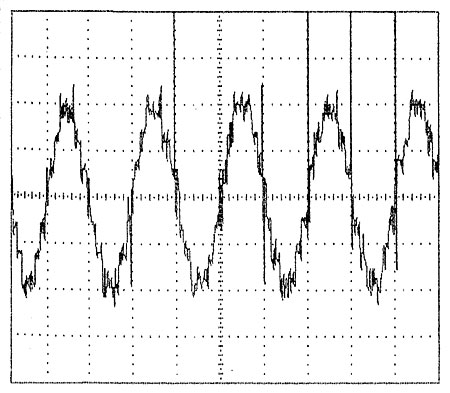
Fig.9 Wadia 2000, waveform of undithered 1kHz sinewave at –80.77dBFS, 16-bit data.
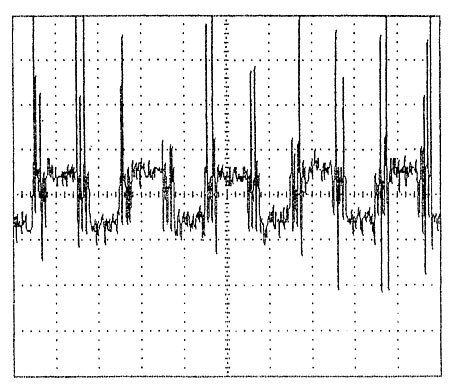
Fig.10 Wadia 2000, waveform of undithered 1kHz sinewave at –90.31dBFS, 16-bit data.
The dithered low-level tracks on the CBS disc have the property of ideally reproducing as pure if noisy sinewaves despite the CD's coarse quantizing at these low levels. Fig.11 shows the basic waveform as produced by the Wadia—effectively identical to the undithered waveform, which implies relatively high levels of distortion introduced by the decoder. The –100dB dithered tone on the CBS disc (fig.12) is reproduced as a multiplicity of HF noise and spikes, while the monotonicity waveform (fig.13), which on machines like the Kinergetics KCD-40 is reproduced more like a staircase with 10 evenly spaced steps, reveals rather an S-shaped profile, in addition to what appears to be a slight DC shift at digital zero.
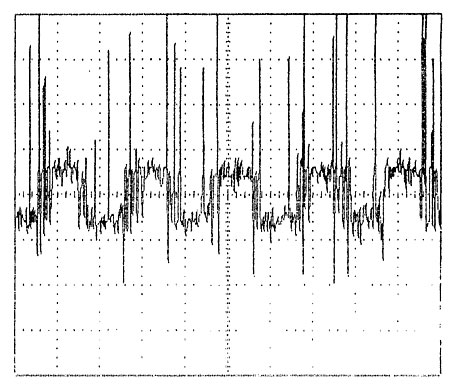
Fig.11 Wadia 2000, waveform of dithered 1kHz sinewave at –90.31dBFS, 16-bit data.
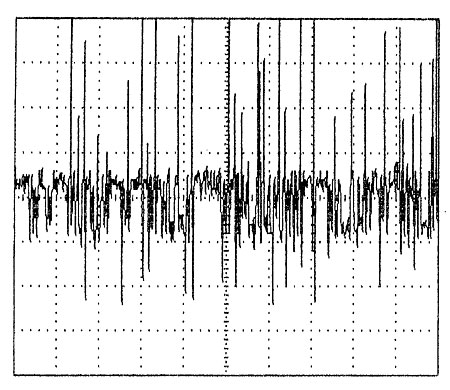
Fig.12 Wadia 2000, waveform of undithered 1kHz sinewave at –100dBFS, 16-bit data.
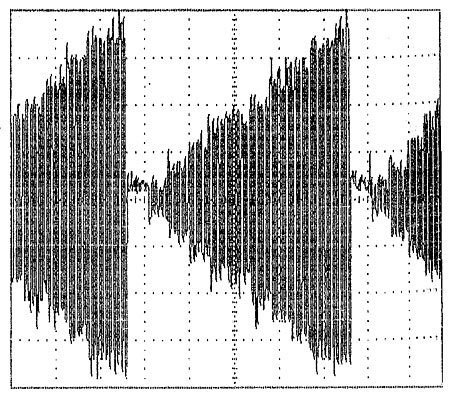
Fig.13 Wadia 2000, monotonicity test waveform (100ms window).
These results shouldn't be taken as meaning the 2000 is deaf to very low-level information. Via the Wadia, the 500Hz fade-to-noise track on the CBS disc could be heard to reproduce as a reasonably pure tone (overlaid with rather fizzy HF noise) that acquired audible distortion as it sank out of earshot. In this respect, the Wadia was considerably less good than the KCD-40, the left channel of which reproduced an exceptionally pure-sounding tone even at the edge of inaudibility.
Maybe Wadia will address these anomalous results in their "Manufacturer's Comment" letter elsewhere in this issue. In the meantime, I don't think I have come across a more flamboyant case of traditional measurements failing to correlate with sound quality. I can only postulate that Wadia has sacrificed absolute low-level performance to gain sonic benefits elsewhere.
And, to reinforce RH's thoughts above, perhaps reviewers'—and my—espousal of measurements of a CD player's low-level performance as being revealing of sound quality is yet another instance of engineers measuring something because it is measurable, not because there is a clear correlation with sound quality. Either that, or relatively poor low-level linearity can be subjectively outweighed by other aspects of design and performance.—John Atkinson
Footnote 1: Unfortunately, logistic problems meant that it was a different sample from the one reviewed by AB.
- Log in or register to post comments




































